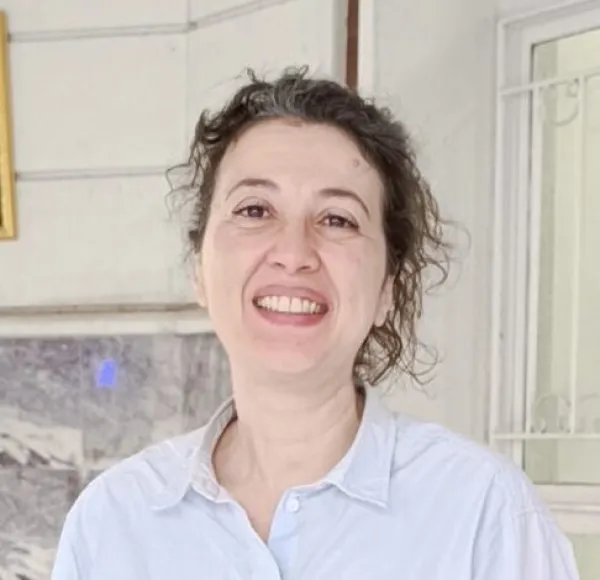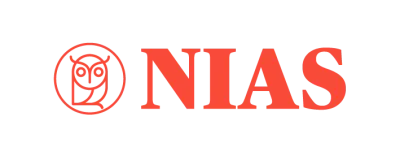Netherlands

Nadia Ait Said-Ghanem
Nadia was a NIAS-NIOD-KITLV fellow during 2024-2025.
Nadia Aït Saïd-Ghanem is a provenance researcher and cuneiformist.
She is a graduate of SOAS, with a BA in Arabic (with Akkadian and Sumerian) and a PhD in the languages of the Near and Middle East (Akkadian, Sumerian, Arabic). Her MA was obtained at the Ecole Pratique des Hautes Etudes in Paris, where she studied Akkadian, Arabic, Ge’ez, and comparative linguistics.
Between 2019 and 2023, she was a British Academy Postdoctoral Fellow at SOAS. Her primary research interests are cuneiform, Arabic grammatical theory, and the provenance history of cuneiform tablets purchased on the antiquities market by European and American museums between 1884 and 1940.
Since her fellowship, she has been investigating the correspondence of Iraqi antiquities dealers preserved in museum archives to study the smuggling of cuneiform tablets they operated in the late 19th and early 20th century.
Research question: This study seeks to reconstruct the provenance history of cuneiform tablets sold by the antiquities dealer I. E. Gejou to Dutch museums before and after Iraq's Antiquities Law of 1936.
Since the Iraq Museum was looted in 2003, many government authorities, legal experts, and activists have attempted to find stolen objects again so they could be returned to Iraq. These international efforts have also led Iraqi and non-Iraqi scholars to examine the history of art smuggling in Iraq since the adoption of the 1970 UNESCO Convention. But the smuggling of Iraq’s tangible cultural heritage before 1970 has received little attention.
The period between 1884 and 1939 in particular is largely understudied, yet it is a key period when antiquities dealers based in Iraq created a smuggling network specifically to sell collections of cuneiform tablets to museums in Europe and America. Many letters sent by such dealers to curators survive in museum archives and not only attest to these activities but also help to understand the biography of objects now in museums.
To engage with the acquisition history of cuneiform tablets in Dutch museums, this study proposes to retrace the provenance of collections sold by Ibrahim Elias Gejou, one of the most active dealers of smuggled Iraqi artefacts of his generation, focusing on collections he sold after Iraq’s Antiquities Law of 1936.
Cuneiform; archaeology of Iraq; provenance research; 19th century antiquities dealers; illicit trade of Iraq’s tangible cultural heritage; Arabic grammatical theory
